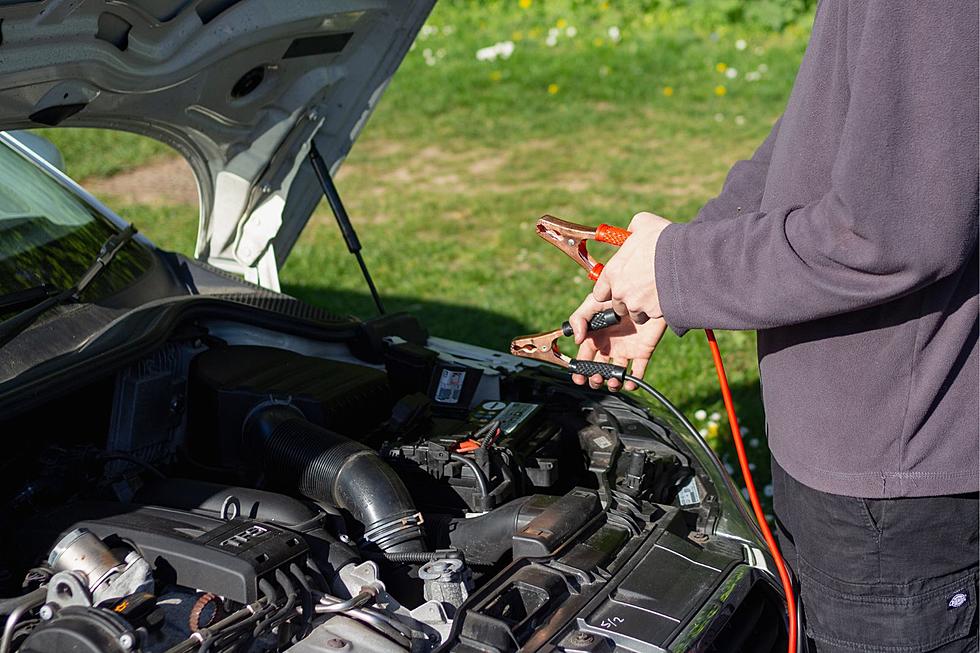
A Quick Guide to Jump-Starting a Dead Battery as Bangor’s Chill Sets In
Facing a dead car battery is an unfortunate scenario we all dread, but it's inevitable at some point. It's best to be prepared for that situation when it eventually occurs.

What Causes Car Batteries to Die?
Car batteries can fail for various reasons. Common issues include a phenomenon known as 'parasitic drain,' which occurs when electrical devices or lights are left on with the ignition off, gradually draining the battery's charge.
Another common culprit is a malfunctioning charging system, particularly when the alternator fails to maintain the optimal voltage range of 13.5-14.5 volts, leading to battery depletion even while the car is running. Defective alternator diodes can also contribute to this problem.
Extreme weather conditions, such as scorching heat or freezing cold, can harm the battery and result in sulfate buildup, reducing its lifespan. Lastly, if the battery is old and has exceeded its typical lifespan of 4-5 years, it may struggle to hold a full charge.
Keep these factors in mind when dealing with car battery issues.
Recognizing Signs of a Failing Battery
Indications of a failing car battery include checking the electrolyte level between the LOWER and UPPER marks on the battery if indicated.
Before starting the car, you may observe gauges and lights not responding when attempting ignition, a frequent need for jump-starts, and the battery dying within 15-30 minutes of idling with other accessories running.
During startup, signs may include three or more turns for ignition, dimming lights, and difficulty starting after extended idling, especially in cold weather.
While driving, you may experience slightly rough stops, intermittent radio and accessory shutdowns, as well as dimming lights and accessories when pressing the accelerator.
How to Jump-Start a Car
To jump-start your car, you'll need a set of jumper cables and a willing fellow driver.
First, position both vehicles facing each other and park with the parking brake engaged for safety. Open both hoods and locate the batteries, removing any plastic covers if necessary.
Ensure that the positive and negative battery terminals are free of corrosion. Then, attach the red clamp to the positive post on the dead battery, the other red clamp to the positive post on the working battery, the black clamp to the negative post on the working battery, and the last black clamp to an unpainted metal surface on your car.
Start the engine of the vehicle with the functioning battery and attempt to start your own engine. Make sure to remove the cables in the reverse order from how you initially connected them to avoid any electrical issues.
What if Your Car Still Won’t Start?
If your car doesn't start after the jump, some troubleshooting is required. If you hear a clicking noise, the starter might be the issue. If the electrical system is still operational, problems with the ignition switch, battery, starter, or fuse could be the culprits.
If your car dies shortly after a successful jump, try again and let the vehicle run for an extended period to help the battery recharge more fully.
It's getting chillier here in Bangor. It's bound to happen, so it's best to be prepared, stay safe, and avoid regrets.
Maine Winter-Related Records and Firsts
Gallery Credit: Chris Sedenka
You Need To Keep These Reliable Winter Essentials In Your Car
Gallery Credit: Canva
11 Necessities for Someone Experiencing Their First Winter in Maine
Gallery Credit: Jadd
More From









